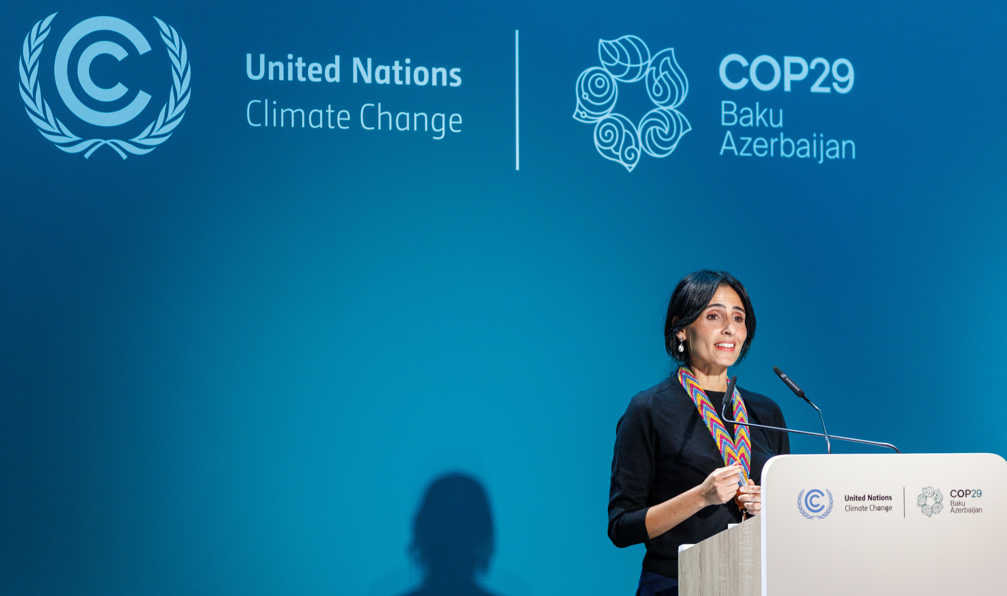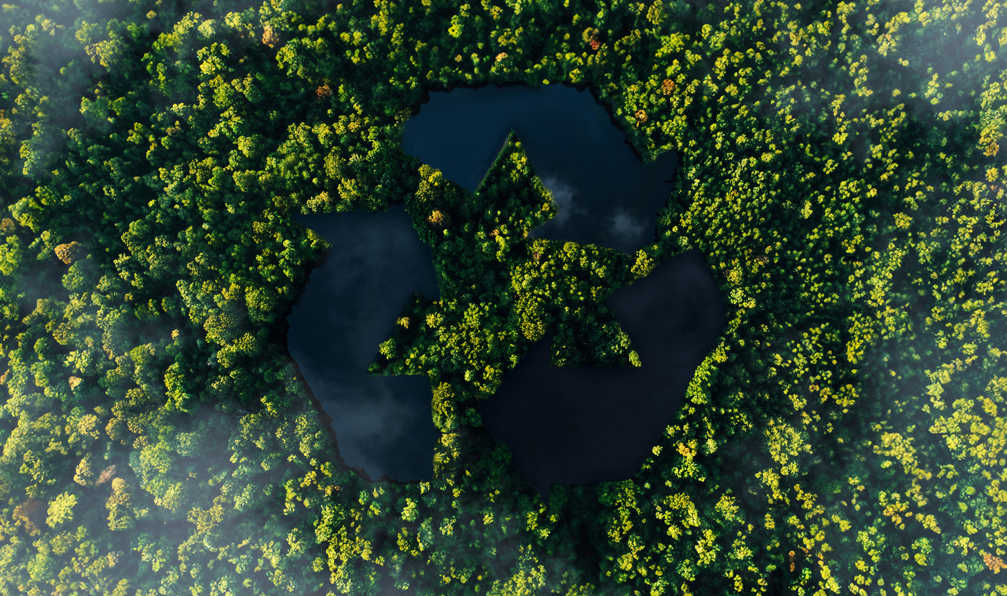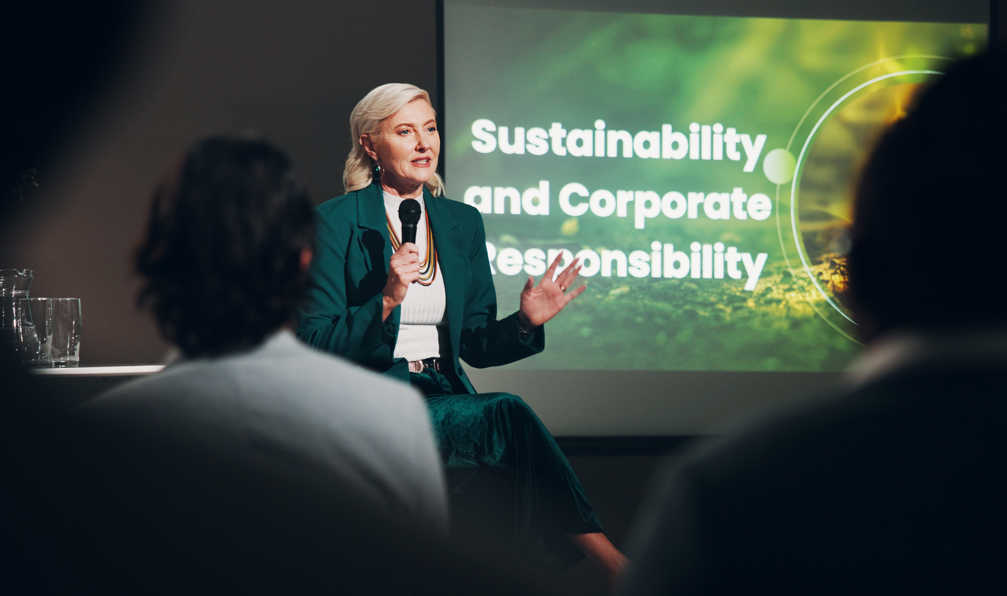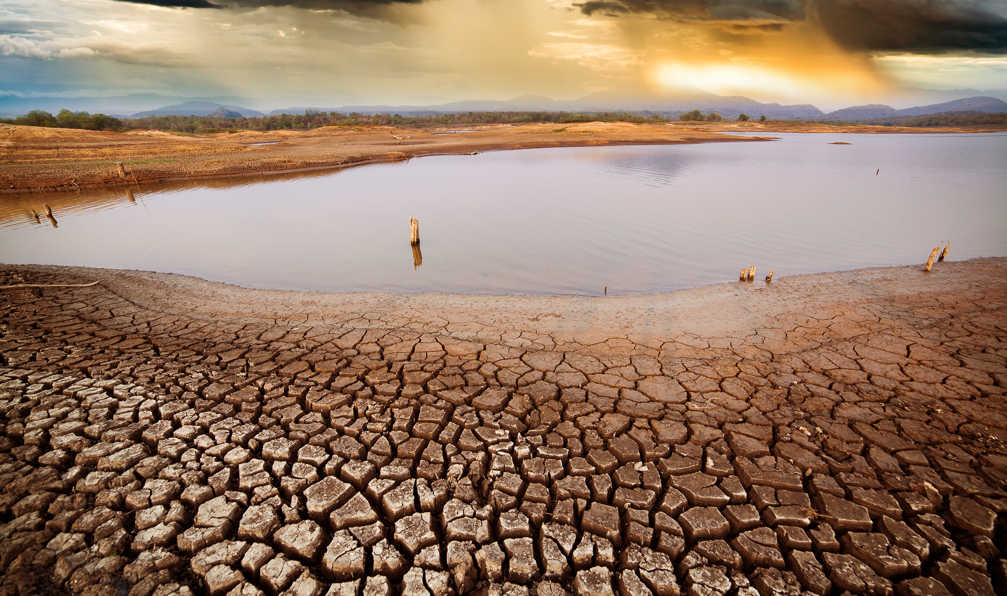
Time for Transparency for a Carbon-Free Future:
Why is CDP important?
Transparency is now expected, not just chosen. Why is CDP important?
Today, people are not just asking, "What did you make?" They're also asking, "How did you make it?" Since it was set up in 2000, the CDP has become a worldwide platform that is dedicated to answering this question. But CDP is about more than just reporting. It is a tool that creates transparency and shapes the future of competition. CDP is a tool that helps companies to share information about the environmental impacts they cause, along with the risks and opportunities involved.
What is CDP?
CDP stands for the "Carbon Disclosure Project", but it does a lot more than that. CDP is the world's biggest system for disclosing environmental information. It covers climate change, water security and forest management.
Every year, tens of thousands of companies report through CDP on how they are governed, their emissions data, how they assess the risks to the climate and nature, the financial implications of their environmental impacts, their business strategies, targets, and relevant management systems. These disclosures are closely watched by investors, customers, and the public.
A CDP score shows how transparent a company is about its environmental performance and how well it is doing in terms of the environment. This makes it easier for people all over the world to see how good a company's environmental credentials are.
Why is reporting to CDP so important?
- It's now easier to get in touch with investors and find money for your business
- Improved reputation and value of the company's brand
- The supply chain is becoming more competitive.
- Made it easier to switch to a low-carbon economy
- Made following the rules easier
"CDP Reporting: A company's promise to do more than just meet its targets."
The process we're talking about here is about more than just showing numbers. It also includes:
- It is important to clearly identify the risks and opportunities related to climate change and the natural world.
- Setting targets based on science and creating a plan for the future
- Show that you are responsible and that you take ownership.
- Make sustainability a key part of how your business operates.
What does the CDP score mean?
CDP rates companies on a scale from A to D-.
- A score that shows your leadership level. This shows that your organisation is doing a good job of dealing with climate change and other organisations look up to you.
- B Score – Management Level: It shows that you have developed strategies, but there is still room to improve and be the best.
- C Score – Awareness Level: It shows that you understand the problem, but you might not be taking steps to solve it in a step-by-step way.
- D Score – Level of disclosure: This could be because the data is incomplete or because you are not yet disclosing information about the environment.
The CDP score, which is published every year, has a direct impact on how sustainable your company is around the world.
"For a better future, not just a better score."
CDP success is not just about reporting. It comes from a strong company position and a smart plan.
🎯 Set targets based on science.
🎯 Calculate your carbon footprint using the GHG Protocol.
🎯 Get the senior managers involved in the process.
🎯 Create risk and opportunity assessments, as well as 'what if' analyses.
🎯 Make sure you can measure the actions you take to reduce emissions.
CDP is the starting point for managing sustainability issues related to climate and nature.
It shows how prepared your company is for climate and nature risks, what opportunities it sees, and the direction it is taking.
Those who shape the future will be the ones who are honest about the impact they have on climate and nature. So, where do you stand on this journey?

A New Era in Carbon Management: ETS

A Fragile Reality at COP29: Climate Finance as the Greatest Barrier to Solutions

Digital Product Passport (DPP): Advancing Transparency, Sustainability, and the Circular Economy

Highlight Your Company’s Sustainability Values with an ECOVADIS Medal!

The Responsible® Programme: A Strategic Guide to the Green Transformation of the Business World

Sustainability for Companies: A Matter of Image or a Necessity?

Sustainability and Competitiveness: The Business Model of the Future

TCFD and TNFD: The New Standards for the Business World

Türkiye Sustainability Reporting Standards: Changing the Rules of the Game for the Business World!

National Emissions Trading System and Carbon Credit System

Do You Know Your Product’s Environmental Impact Throughout Its Life Cycle? Discover LCA
